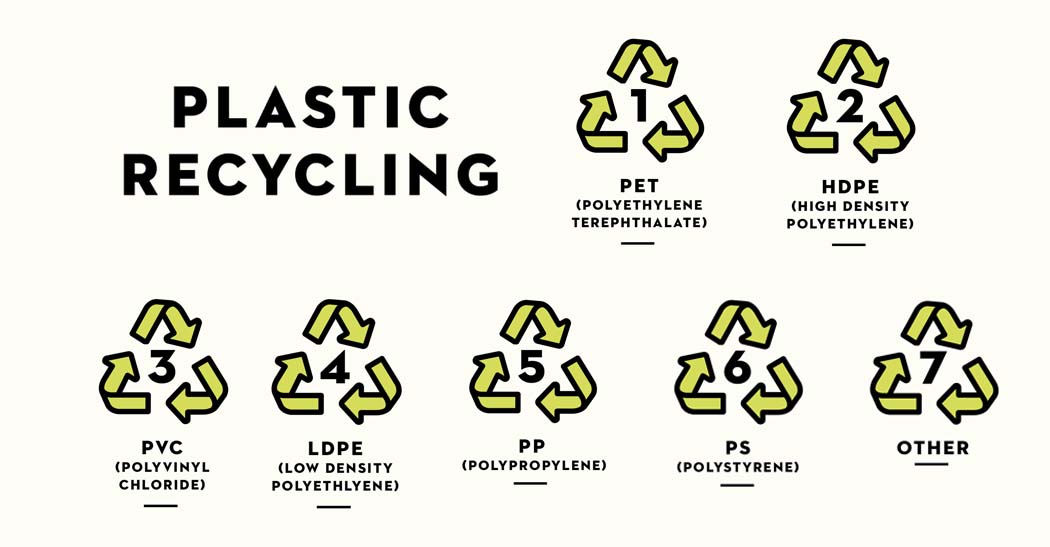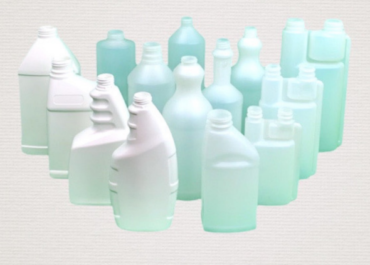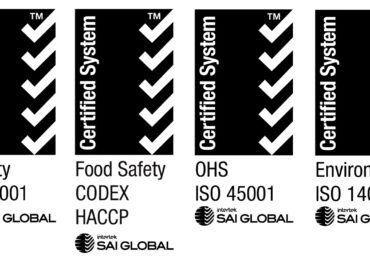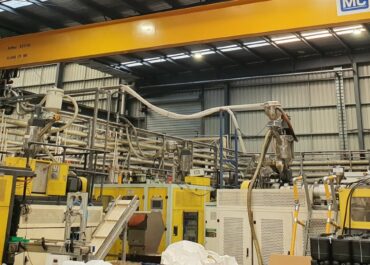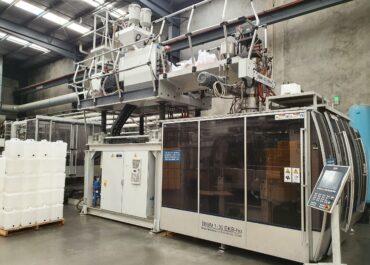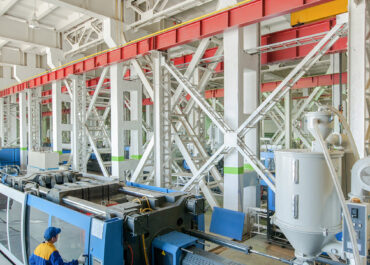Not all plastic products can be put into recycling bins, making it confusing to know what can be recycled and what can’t. The easiest way to determine this is by looking at the product’s plastic recycling identification code – a triangular symbol with arrows and a number between one to seven, often located at the bottom of the product’s packaging. Each code identifies the manufacturing components of the plastic and its recycling capabilities. Below, A&J Australia provides an overview of the seven different recycling codes, explaining what they each mean and whether they can be recycled.
PET (#1)
Polyethylene Terephthalate (PET) is a transparent plastic and the most widespread plastic type, often used to produce food packaging, drink bottles, laundry liquid containers and more. Most recycling programs collect PET products, as this plastic can be reprocessed into plastic bottles and packaging and even used to make textile products.
HDPE (#2)
High-Density Polyethylene (HDPE) is a coloured type of plastic that’s used to make containers for cleaning products, disinfectants and milk, as well as certain kinds of plastic bags and product packaging for soaps and shampoos. HDPE can be recycled and turned into plastic lumbers, picnic tables, bed liners and other items.
PVC (#3)
Polyvinyl Chloride (PVC) is a type of plastic that’s often used to make windows and plumbing pipes, as well as bubble wrap, cling wrap, furniture, toys and other items for everyday use. As this type of plastic often contains the chemical bisphenol A (BPA), it cannot be placed into recycle bins and must be kept away from foods and drinks due to its toxicity. Some specialist recycling programs can recycle PVC to create flooring and panelling products.
LDPE (#4)
Low-Density Polyethylene (LDPE) is a soft plastic used to make products that cover and wrap various items, such as fruit and vegetable bags, shopping bags, bin liners, bread packaging, frozen food containers and condiment bottles. Although this plastic is safe and clean, it cannot be placed into recycle bins. Instead, a specialist recycling program can be contacted to recycle these products, turning them into flooring products, garbage bin cans, bubble wrap and other items.
PP (#5)
Polypropylene (PP) is a hard yet flexible kind of plastic that’s used to create many common household packaging products, such as sauce bottles, Tupperware containers, medicine bottles and yoghurt tubs, as well as moulds for the automotive sector. Items made from PP can be placed in recycle bins or taken to a recycling centre. PP products can be turned into clothing, playground equipment and ice scrapers.
PS (#6)
Polystyrene (PS) is usually used to make takeaway packaging products, such as takeaway food containers and coffee cups, as well as product packaging for fragile items. Due to its bulkiness, the limited demand for PS on the market and its difficulty to recycle, PS is unable to be placed inside recycle bins.
Mixed Plastics (#7)
Commonly referred to as “Other Plastics”, mixed plastic products are made out of a combination of various kinds of plastics and usually contain the hazardous toxic chemical BPA. As a result, they cannot be recycled and will not be accepted by recycling centres.
Learn More Today
If you’re looking for a way to recycle or otherwise dispose of unwanted plastic products, call A&J Australia today on (613) 9318 0886 or contact us online to speak to our plastic recycling experts.

